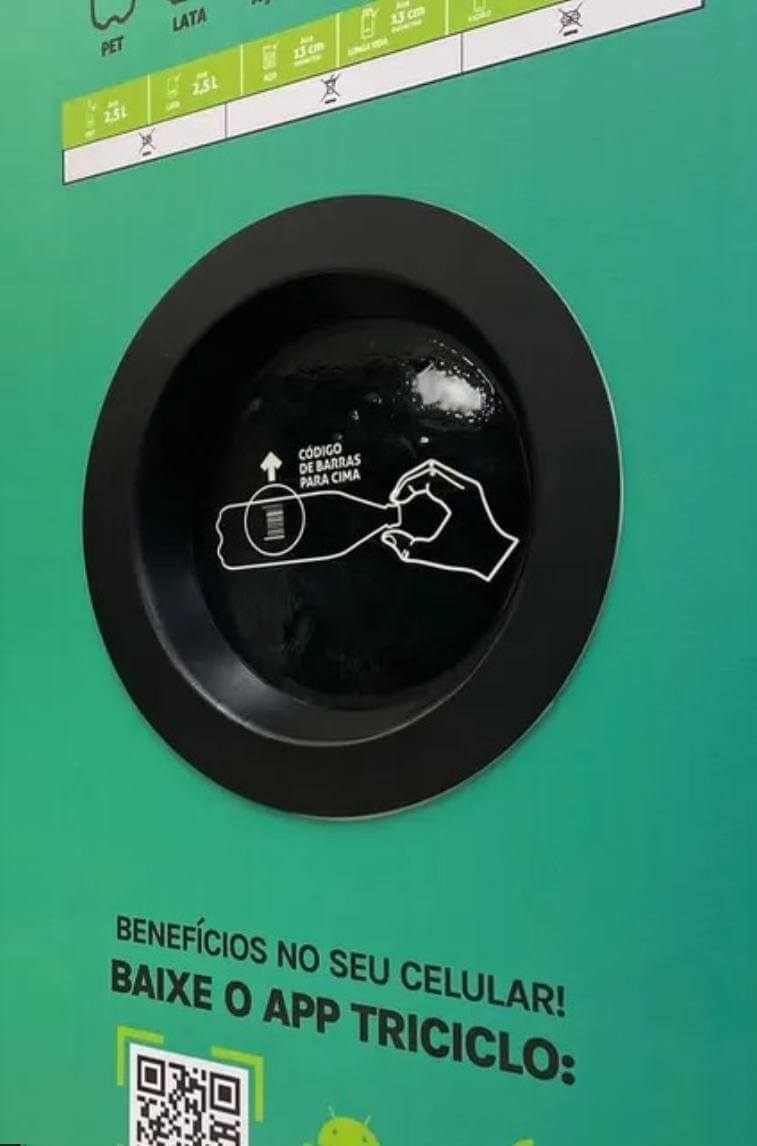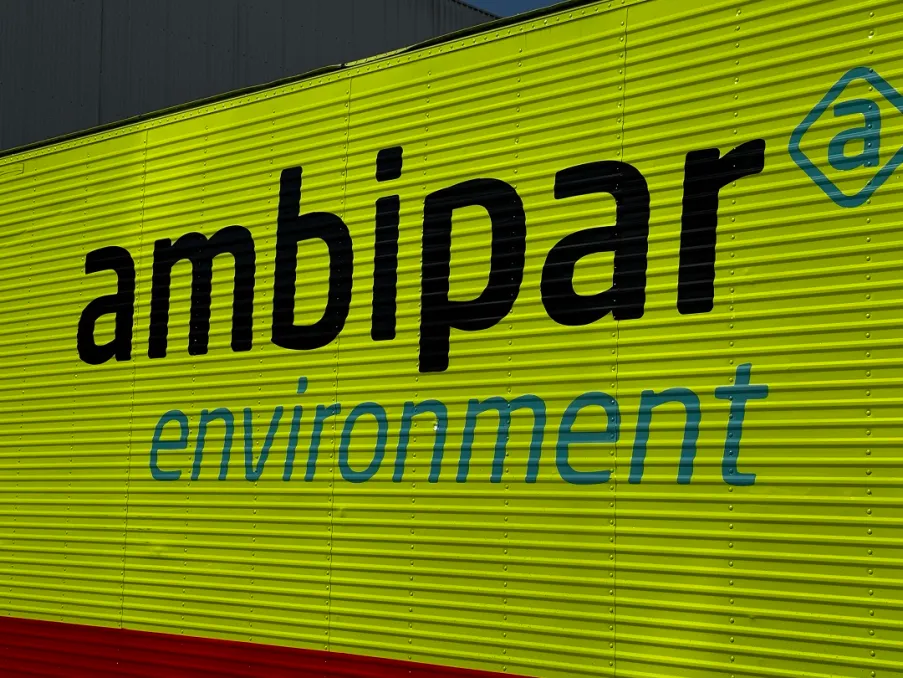Labs News by Rodrigo Ghedin - 02/05/2022

By Marketing Team
Posted in May 10, 2022

Digital companies are at the forefront of neutralizing the carbon footprint. LABS spoke with Ambipar, WayCarbon, Moss and Nubank about what, after all, companies can do to collaborate to preserve the environment.
The first step in containing the climate emergency — the warming of the Earth’s temperature that endangers our survival — was to recognize it. It was given, the matter is already consensus. But now comes the hard part: reaching the goals set out in the 2015 Paris Agreement, in order to keep the temperature rise below 1.5º C, in a collective effort that also involves companies from the most diverse sectors.
It is not by chance that in recent years there has been an increase in the number of advertisements by companies claiming to be “carbon neutral”, that is, offsetting all greenhouse gas emissions, such as carbon dioxide, from their operations. And not just those whose operations are explicitly polluting. Digital companies are at the forefront of neutralizing the carbon footprint.
Since 2020, names like Nubank, C6 Bank, PicPay and Hash, to name just a few in the fintech sector, have achieved emissions neutrality and other complementary goals.
“The goals [of the companies] are really ambitious, but it is because we are reaching our ‘deadline’ of global warming”, says João Valente, asset director at Ambipar, a Brazilian company that operates in environmental, waste and response management. to emergencies.

João is in charge of Ambify, an application that allows people to calculate and offset their own emissions. Because, although it doesn’t seem like it, almost everything has an impact, from our food to our means of transport.
Even so, the weight of individuals is minuscule compared to the contribution of companies. “If there were no companies within the environment or within the platform, we, as people, would have the carbon neutralized by the amount of forest that exists”, recognizes João.
Ambify, continues the executive, is an education and awareness initiative to increase pressure on big polluters.
Although there has been talk of carbon credits and offsetting since the early 1990s, the matter is still dubious. When a company calls itself “carbon neutral”, what is it trying to communicate, exactly?
Offsetting and carbon neutralization: how it works
“When it calls itself carbon neutral, it means that it has inventoried its greenhouse gas emissions — from its direct operations, that is, from its factories, industrial processes, energy consumption — and bought carbon credits equivalent to those emissions”, explains Carla Leal, director of growth at WayCarbon, a company that has been dedicated to climate change for 15 years, working on different fronts related to the topic.
The carbon credits market helps to mitigate the damage that companies cause. (One credit is equivalent to one ton of carbon dioxide and other polluting gases not emitted into the atmosphere.) This market is, according to Carla, a complementary strategy and should never be the main one when it comes to climate change.
João, from Ambipar, says that “the purpose of this mitigation is for large emitters to invest in technology to emit less”, a change that is sometimes too laborious or costly to be done quickly, or that is not even possible with the technology available at the moment.
People thinking that a company will be 100% zero carbon through its own operations still seems like a utopia. JOÃO VALENTE, AMBIPAR’S ASSET DIRECTOR.
The primary purpose, says the executive, should always be that “issuers, companies, industries, they invest in technology to reduce this impact. The difference, which cannot be reduced, is then compensated, through the large sequesters of CO2 equivalent from the atmosphere, from the environment”.
For Carla, the ideal “roadmap” involves understanding the emissions that the company makes, a work carried out through the so-called inventory, developing mitigation projects, that is, reducing its emissions, and only then offsetting the residual emissions that “ have not yet been possible to reduce with the application of all relevant technologies and projects”.
In other words, use compensation as a complementary strategy.
This ideal path is not always followed, however. For Carla, the approach is related to the maturity of the company: “Sometimes, when the company does not yet have a level of maturity, understanding the agenda, it primarily uses a compensation strategy.”
But understanding the problem leads to an evolution of the strategy, which becomes coherent with the demands pointed out by scientific studies.
There is an entire ecosystem around the carbon credits market, with certifying and certified companies that provide various types of essential services. Ambipar, for example, has a specific department for preparing carbon footprint inventories and certifies the non-Ambify credit traded by the VCS, from Verra, the largest certifier in the voluntary carbon credit market.
In September 2020, Nubank became carbon neutral. “We were born 100% digital almost nine years ago, with the purpose of impacting people’s lives in a positive, meaningful and lasting way and, therefore, being a carbon neutral company is the first step of our environmental commitment to society” , says Christianne Canavero, global ESG director at Nubank.

Nubank inventoried its emissions following the guidelines of the Brazilian GHG Protocol program. “Our last inventory, base year 2020, was audited and published in the Public Emissions Registry, and received the Gold seal by the GHG Protocol, conferring the highest level of quality and comprehensiveness of the reported information”, explains Christianne.
Another national fintech, C6 Bank, has also neutralized its emissions since 2020. In 2021, the companies of Carbon Holding, a group of which the bank is a part, emitted 1,115 tons of CO2 and offset all of them with the acquisition of carbon credits generated for the preservation of areas of the Amazon Forest.
C6 Bank’s environmental commitment reaches different fronts of the operation, from the building where it is headquartered, in São Paulo, which has the LEED (Leadership in Energy & Environmental Design) certification, which recognizes good practices in the use of natural resources in corporate buildings, to the material used in the manufacture of Acqua cards, biodegradable and made from corn, with the aim of reducing plastic consumption.
On the shelf, C6 Bank offers carbon credits directly on the marketplace, so that customers have the opportunity to reduce their individual carbon footprints, and at the C6 Store, it is possible to make donations to environmental preservation institutions, such as Instituto Terra, from couple Lélia Wanick and Sebastião Salgado, who work for the restoration of the Atlantic Forest.
All of this seems complex and even exaggerated, but they are important measures to avoid fraud and, above all, the taint of “greenwashing”.
Greenwashing versus blockchain
“Does it exist? It exists”, says Fernanda Castilho, COO of Moss, a company born in 2020 with the aim of digitizing the voluntary carbon market. One of Moss’ first moves was to acquire carbon credits, put them on a blockchain — “tokenize” them, in the jargon in between — and sell the tokens, called MCO2, on exchanges like Mercado Bitcoin, Coinbase and Gemini.
Moss also sells carbon credits directly to companies interested in offsetting their emissions. After completing two years of existence, in March, Moss celebrated the milestone of R$ 150 million transacted for Amazon conservation projects based on the projects it develops with around 300 partner companies.

“By placing credits without blockchain, you create a completely auditable, traceable asset, you are sure that no type of fraud has occurred”, explains Fernanda. In addition, it allows splitting the credit in order to neutralize smaller emissions, such as coffee in the middle of the day. The airline Gol has a partnership with Moss to allow passengers to neutralize their emissions on flights.
Greenwashing, that is, using marketing actions to “make up” an operation that, deep down, is not so concerned with the environment, is not exactly new. “This discussion started in 2003”, remembers Carla Leal, from WayCarbon.
“When carbon markets appeared, there were many people who said that the carbon credit was the purchase of the right to pollute. But this understanding is not correct”, he guarantees.
For Carla, the carbon credits market is a cost-effective way to reduce global greenhouse gas emissions. “There are technologies and types of business that are easier to reduce emissions, and there are sectors that have more difficulty in reducing emissions”, she justifies.
A common occurrence of greenwashing is the non-retirement of commercialized credit, that is, credit that is sold twice or more. In Ambify, explains João, the solution found was to resort to blockchain, specifically the BNB Chain, which uses the “proof-of-stake” validation method, which consumes less energy than “proof-of-work” blockchains, in cases of bitcoin and ethereum.
“We provide the retirement of the carbon credit and also provide the transparency of the blockchain itself, which makes this retirement. It is the blockchain that validates this transaction and ensures that we are not in a position to trade the carbon credit more than once.”
The Ambipar executive also says that it is essential to have independent and recognized audits attesting to the carbon offsetting work, “because otherwise you will have the same person who certifies, it is the same person who retires, it is the same person who measures it, or the same company, or NGO, and then it opens up margins for you to have doubts.”
Fernanda, from Moss, attributes the growing attention to carbon neutrality in companies to pressure from various stakeholders, including the younger generations of consumers who demand a more active role of the enterprises from which they consume in issues related to the climate emergency.
Pressure is now so common that it has gained a name, ESG, which stands for environment, social and governance.
“Because of these pressures, and the commitments that companies — I think the ESG issue is no longer a fad, as it has been called in the past. I think there is a real concern for companies, both internally and with stakeholders, to have a more positive impact on society in general,” she says.
This is what happens at Nubank, which, says Christianne, has carbon neutralization as an important pillar of its ESG strategy.
Other possible ways to conserve the environment
It is not just with carbon offsetting that the business world can collaborate in conserving the environment.
In March, Moss launched an Amazon NFT. There are 450 hectares of partners, farmers with preserved areas in the Amazon rainforest, divided into parts of 1 hectare each and sold in the form of NFTs, or non-fungible token, on platforms such as OpenSea.
The acquisition of the NFT grants the owner economic rights over that piece of land. A fund made up of 25% of the amount raised in the initial sale of the NFTs is used to protect the forest, with satellite monitoring and field personnel, taking care of the forest, and acting immediately in disasters, such as fires.
Fernanda says that the NFTs project emerged in 2021, when small farm owners in the Amazon region approached Moss to develop projects related to carbon credits. Certification costs are still high, which makes this path unfeasible for small properties. That’s where the idea of NFTs comes in.
The project — still a pilot, she points out — has been selling well. By the beginning of April, the three series, with 50 hectares/NFTs each, had sold quickly as soon as they were placed on the market and have already appreciated in value.
“We sold the first series at US$2,000 each NFT, the second at US$2,500, the third at US$3,000. We are testing pricing, market, demand, etc.”, says Fernanda.
So far, though, although it has a similar mission to the carbon credits market, Moss’s Amazon NFT has nothing to do with it. “These areas, due to their size, are not yet viable for the development of carbon projects”, justifies the executive. “By acquiring the NFT, you are only sending resources to guarantee the conservation of that area.”
“If these areas generate carbon credits, either because we manage to make a condominium with the areas, which has a relevant size, or that we come to work with a new certification protocol and these assets are actually generated, in some way, way the NFT owner will be rewarding these generated assets.”


